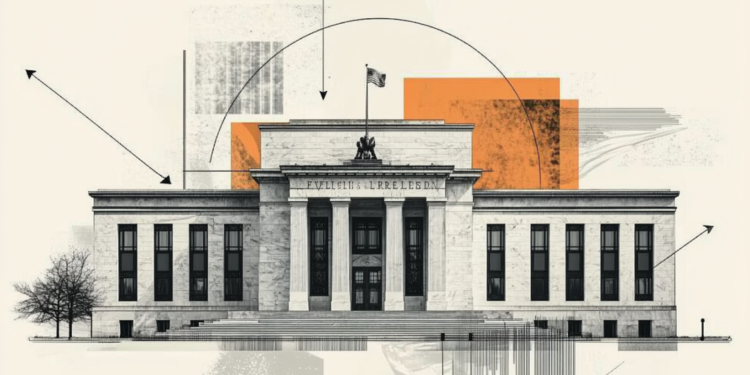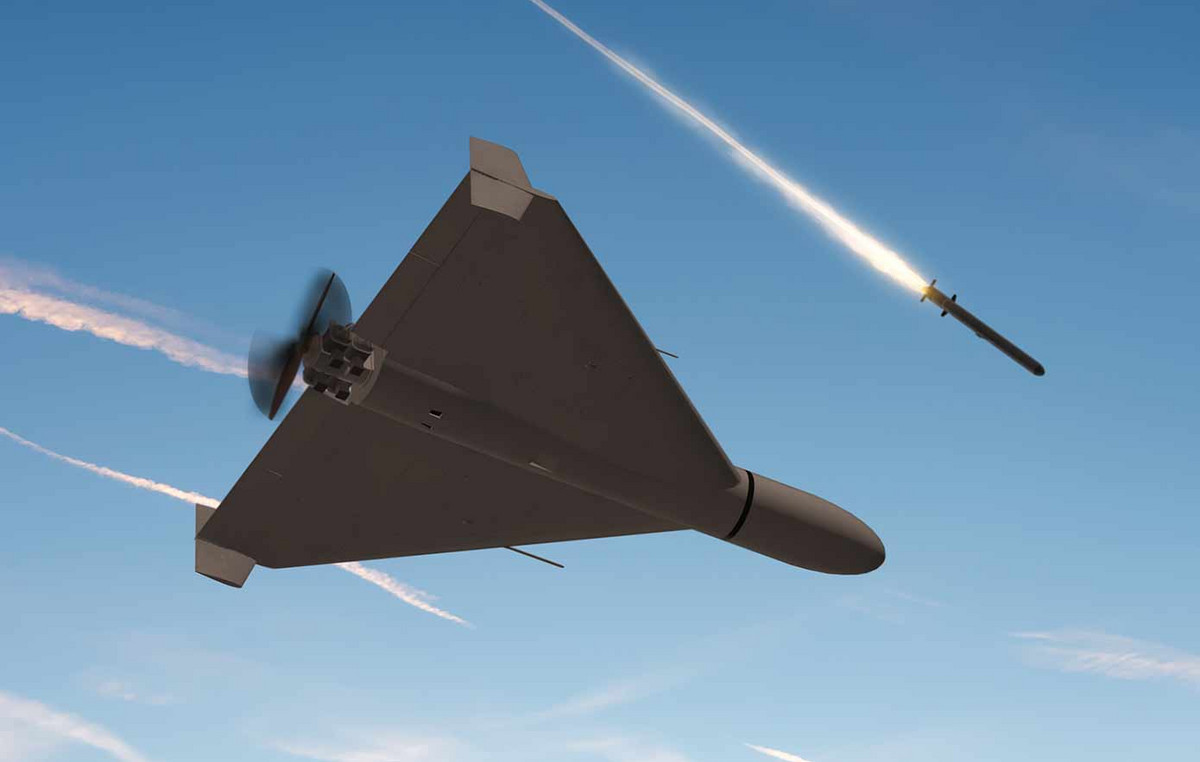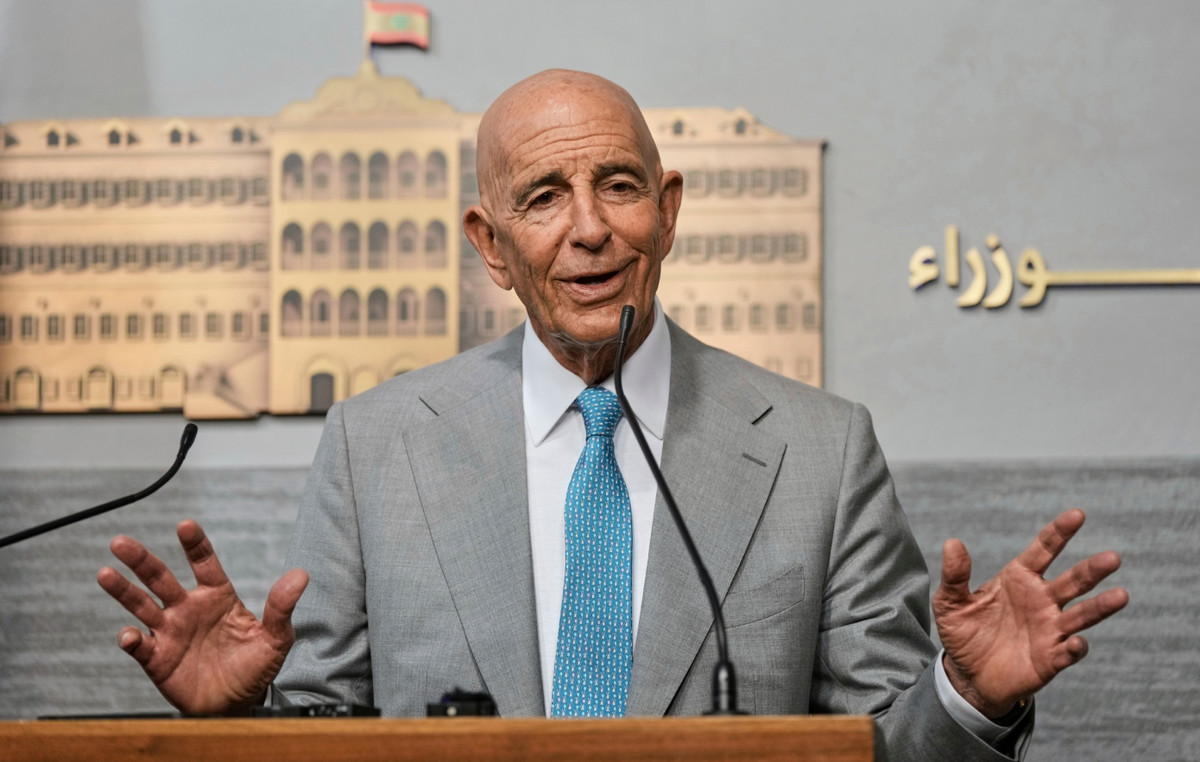Americans are saving money at gas stations — and not just on the amount of gasoline they put in their tanks. Consumers are also changing the way they fill their shopping bags at convenience stores and other essentials across the United States.
The trigger: rising inflation.
The average price of gasoline is hovering around $5 a gallon, having recently surpassed that mark for the first time. Families are paying a lot more for gasoline at the same time that inflation has also made grocery shopping more expensive.
Gas station convenience stores often serve as an ideal substitute for the supermarket when all you need is a bottle of water, a few bags of chips, a pint of milk or a cup of coffee at the end of the day, leaving work on your way to work. House. This impulse buying behavior is a good gauge of the health of consumption at any given time.
“The price of gasoline and everything else is much higher, but people have to drive,” said Arie Kotler, president and CEO of Arko Corp., a convenience store operator. “They are still coming to refuel, but they are recalculating their routes.”
Kotler has observed shopping patterns at gas stations and convenience stores operated by Arko. The company operates about 1,400 convenience stores, most with gas stations, in smaller cities and rural communities in 28 US states.
He noted that two trends emerged during consumer visits to gas stations.
“Compared to the same period last year, people are coming to the pump more often, but instead of filling the tank completely, they are filling half or a quarter of the tank at a time,” he said. “They are driving less and less and over shorter distances.”
At the same time, consumers are shopping less often at gas station convenience stores. “But when they come into the store, they are consolidating their purchases,” he said. “Instead of buying just one or two items, they’re making a bigger bag of groceries, maybe for the whole week.”

Bigger bags of chips, lots of frozen pizza, and 99-cent coffee
With consumers even more focused on pricing, Kotler said Arko is recalibrating its offerings, services and promotions to try to keep prices down and sales up.
“In the past, it would have been a single drink and a small bag of chips,” he said. “Now they are buying for value. So it’s a bigger bag of chips for $4.59, for example, versus a small bag for $2.29. They can split it into some portions with that.”
So are drinks, he said sales of the two-liter bottles are outperforming those of smaller sizes, as are those of the 12- and 15-can beverage bales.
Cheap coffee, take-out sandwiches and frozen pizza are also top sellers among budget shoppers.
And since the beginning of the year, Kotler said, Arko has added fully automated coffee machines in more than 500 stores. “They are self-service and take the cost of labor for us. So we can sell hot and iced coffee for 99 cents,” he said.
The company has also invested in extra refrigerators at more than 600 stores, where consumers can buy sandwiches and frozen foods like pizza, hamburgers and quick dinners.
“Our peanut butter and jelly sandwich is $1.29, our ham and cheese sandwich is $3.99,” said Michael Bloom, the company’s chief marketing officer. “We are similar to supermarket prices, but maybe $1 to $3 less.
Pizzas are often among the most purchased items at gas stations.
“A lot of people can’t go to a restaurant right now. Our family-size frozen pizzas for $5.69 to $9.59 are a very popular item right now,” said Kotler.
In addition, he said stores are offering deals like buy two, get one free and gas discounts when customers sign up for the company’s loyalty program.
“All those savings add up to consumers,” Kotler said. “Every few months, we’re trying to reinvent our stores to stay competitive, in business and relevant to shoppers in this environment.”
Source: CNN Brasil







